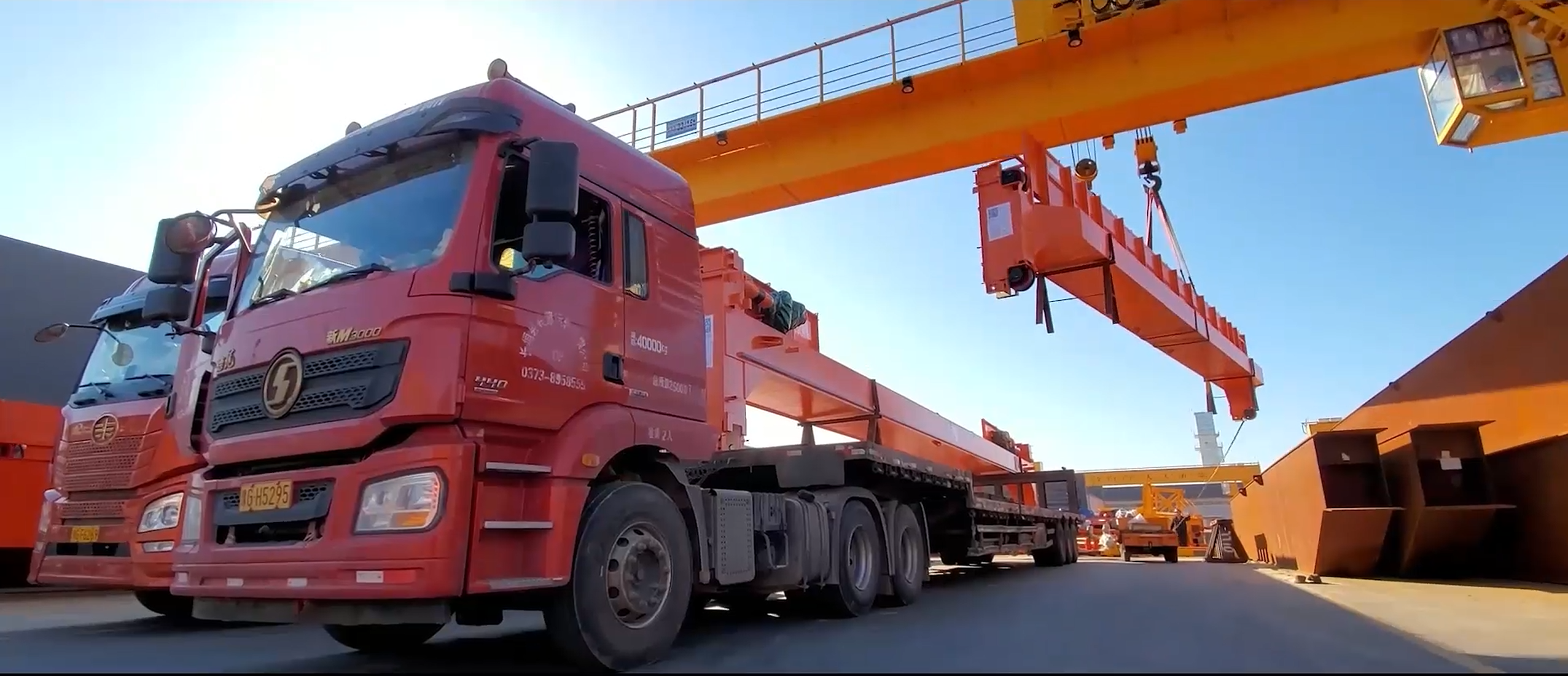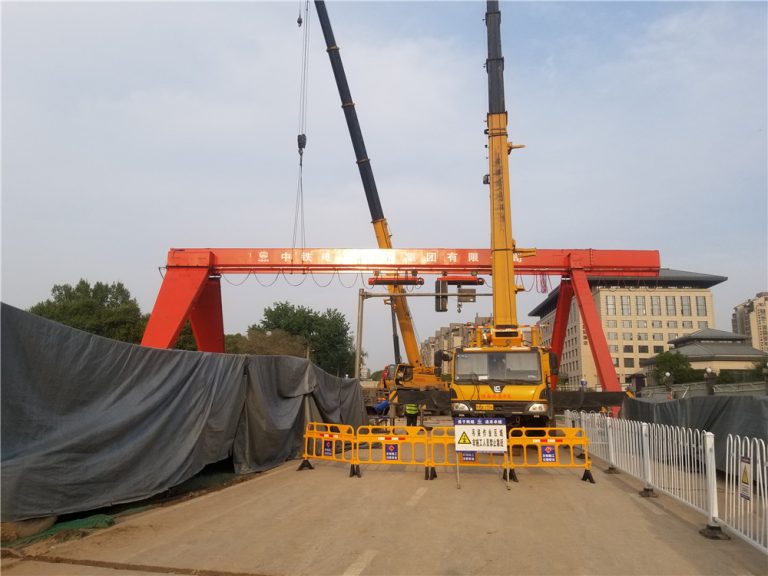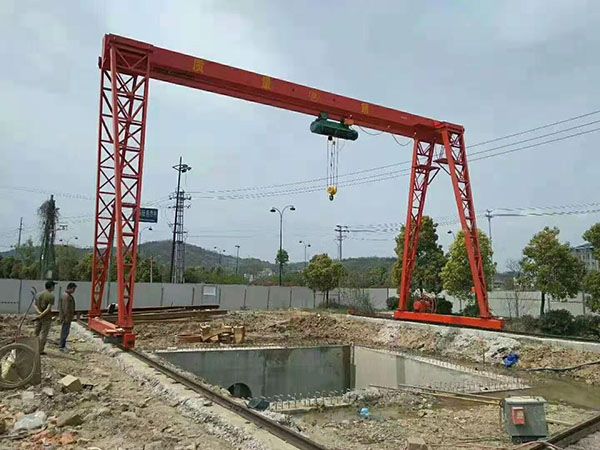Table of Contents
Benefits of Using Bridge Cranes in Metallurgy Industry
Bridge cranes are an essential piece of equipment in the metallurgy industry. These cranes are used to lift and move heavy loads within a facility, making them indispensable for the production and handling of metal products. In this article, we will explore the benefits of using bridge cranes in the metallurgy industry and why they are a valuable investment for any metalworking operation.
One of the primary advantages of using bridge cranes in the metallurgy industry is their ability to lift and move heavy loads with ease. These cranes are designed to handle weights ranging from a few tons to several hundred tons, making them ideal for lifting and transporting metal ingots, coils, and other heavy materials. This capability allows for efficient material handling and production processes, reducing the need for manual labor and increasing productivity.
In addition to their lifting capacity, bridge cranes are also highly versatile in their movement capabilities. These cranes can travel along a track system that spans the length of a facility, allowing them to reach various areas within a production facility. This flexibility enables bridge cranes to transport materials to different workstations, storage areas, and loading docks, streamlining the production process and improving overall efficiency.
Another benefit of using bridge cranes in the metallurgy industry is their ability to improve workplace safety. By automating the lifting and moving of heavy materials, bridge cranes reduce the risk of accidents and injuries associated with manual material handling. This not only protects workers from harm but also minimizes the potential for damage to equipment and materials, ensuring a safer and more efficient work environment.
Furthermore, bridge cranes are designed to withstand the harsh conditions typically found in metallurgy facilities. These cranes are constructed from durable materials such as steel and are equipped with features that protect them from heat, dust, and other environmental factors. This durability ensures that bridge cranes can operate reliably in challenging environments, providing a long-lasting and cost-effective solution for material handling in the metallurgy industry.
In addition to their operational benefits, bridge cranes also offer financial advantages for metallurgy companies. These cranes are a one-time investment that can provide long-term cost savings by reducing the need for manual labor, increasing productivity, and minimizing the risk of accidents and equipment damage. By investing in a bridge crane for metallurgy, companies can improve their operational efficiency and profitability over time.
Overall, bridge cranes are an essential tool for the metallurgy industry, offering a wide range of benefits that can enhance production processes, improve workplace safety, and increase profitability. With their lifting capacity, versatility, durability, and cost-effectiveness, bridge cranes are a valuable investment for any metalworking operation looking to optimize its material handling capabilities. Whether used for lifting heavy materials, transporting products within a facility, or improving workplace safety, bridge cranes play a crucial role in the success of metallurgy companies around the world.
How to Choose the Right Bridge Crane for Metallurgy Operations
When it comes to metallurgy operations, having the right equipment is crucial for ensuring efficiency and safety in the workplace. One piece of equipment that is essential for handling heavy loads in metallurgy facilities is a bridge crane. Bridge cranes are commonly used in metallurgy operations for lifting and moving heavy materials such as steel beams, coils, and ingots. If you are in the market for a bridge crane for your metallurgy facility, there are several factors to consider to ensure you choose the right one for your specific needs.
One of the first things to consider when choosing a bridge crane for metallurgy operations is the capacity of the crane. The capacity of a bridge crane is the maximum weight that it can lift and move safely. It is important to choose a crane with a capacity that is suitable for the heaviest loads that you will be handling in your facility. It is always better to choose a crane with a higher capacity than you think you will need to ensure that it can handle any unexpected heavy loads that may arise.
Another important factor to consider when choosing a bridge crane for metallurgy operations is the span of the crane. The span of a bridge crane is the distance between the runways on which the crane travels. The span of the crane should be wide enough to cover the entire area where you will be moving materials in your facility. It is important to measure the distance between the runways in your facility to determine the appropriate span for your crane.
| Number | Commodity Name |
| 1 | General purpose bridge crane |
| 2 | MH rack crane |
| 3 | European-style crane |
| 4 | Harbour crane |
In addition to capacity and span, it is also important to consider the lifting height of the bridge crane. The lifting height is the maximum height to which the crane can lift materials. It is important to choose a crane with a lifting height that is suitable for the height of the materials that you will be handling in your facility. It is also important to consider the clearance height in your facility to ensure that the crane can operate safely without any obstructions.
When choosing a bridge crane for metallurgy operations, it is also important to consider the type of crane that is best suited for your specific needs. There are several types of bridge cranes available, including single girder cranes, double girder cranes, and gantry cranes. Single girder cranes are typically used for lighter loads, while double girder cranes are used for heavier loads. Gantry cranes are often used in outdoor applications where overhead support is not available.

In conclusion, choosing the right bridge crane for metallurgy operations is essential for ensuring efficiency and safety in the workplace. By considering factors such as capacity, span, lifting height, and type of crane, you can select a crane that is best suited for your specific needs. Investing in the right bridge crane will not only improve the productivity of your metallurgy facility but also ensure the safety of your employees.





